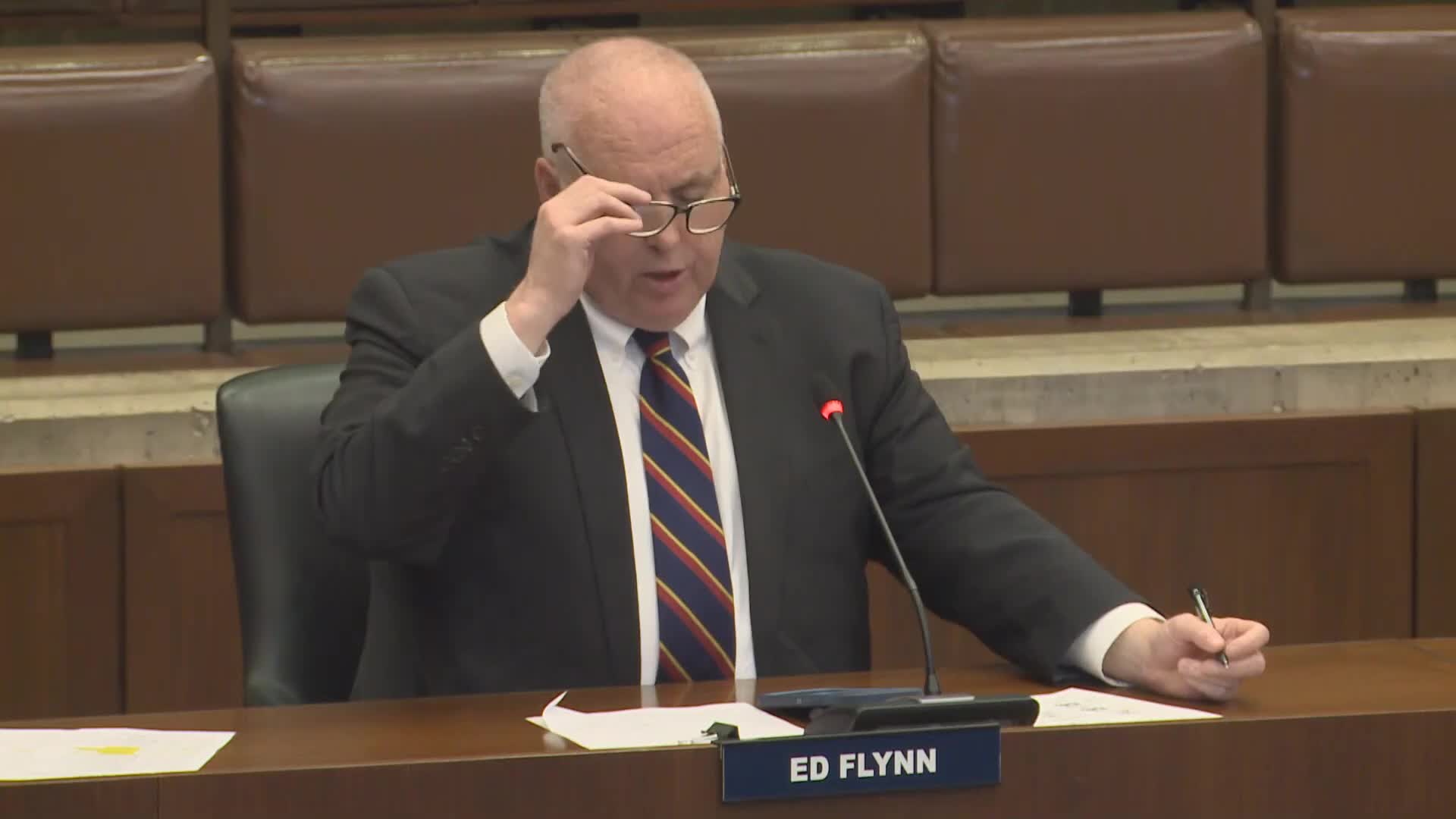Boston officials discuss impact of Kearney hospital closure on EMS response times
May 09, 2025 | Boston City, Suffolk County, Massachusetts
This article was created by AI summarizing key points discussed. AI makes mistakes, so for full details and context, please refer to the video of the full meeting. Please report any errors so we can fix them. Report an error »

The Boston Public Health Commission's budget meeting on May 8, 2025, spotlighted critical concerns surrounding emergency medical services (EMS) in the wake of the county hospital's closure. Councilor Flynn raised alarms about increased response times for ambulances, questioning whether the closure has negatively impacted patient transport across the city.
The Chief of EMS confirmed that response times have indeed increased, albeit slightly, since the closure of the Kearney facility. He noted that the loss of this hospital has forced ambulances to travel further, often resulting in longer wait times for patients needing urgent care. "Our total transports that used to go there... served a tremendous need," he stated, emphasizing the facility's role in the community.
Councilor Flynn also highlighted the issue of ambulance availability, revealing that there are times when no units are free to respond to emergencies. The Chief acknowledged this, explaining that during peak call times, many ambulances are occupied, which can lead to delays in response. "At any given time, at least 80% of the units are either occupied or on route," he explained, underscoring the dynamic nature of emergency response.
Traffic congestion further complicates the situation, with Councilor Flynn expressing concern over ambulances stuck in gridlock, potentially jeopardizing patient care. "It's troubling knowing that if there's a person in the back of an ambulance having a heart attack, we're waiting for traffic to clear," he remarked.
In addition to EMS challenges, the meeting also addressed homelessness and the need for enhanced behavioral health support. Councilor Murphy requested a detailed breakdown of funding for homeless services, emphasizing the importance of trauma-informed responses and the coordination between various city departments in addressing the needs of the unsheltered population.
As the city grapples with these pressing issues, the discussions at the meeting signal a critical need for strategic planning and resource allocation to ensure that Boston's emergency services can effectively meet the demands of its residents. The anticipated outcomes from these discussions may lead to improved response times and better support for both patients and EMS personnel in the future.
The Chief of EMS confirmed that response times have indeed increased, albeit slightly, since the closure of the Kearney facility. He noted that the loss of this hospital has forced ambulances to travel further, often resulting in longer wait times for patients needing urgent care. "Our total transports that used to go there... served a tremendous need," he stated, emphasizing the facility's role in the community.
Councilor Flynn also highlighted the issue of ambulance availability, revealing that there are times when no units are free to respond to emergencies. The Chief acknowledged this, explaining that during peak call times, many ambulances are occupied, which can lead to delays in response. "At any given time, at least 80% of the units are either occupied or on route," he explained, underscoring the dynamic nature of emergency response.
Traffic congestion further complicates the situation, with Councilor Flynn expressing concern over ambulances stuck in gridlock, potentially jeopardizing patient care. "It's troubling knowing that if there's a person in the back of an ambulance having a heart attack, we're waiting for traffic to clear," he remarked.
In addition to EMS challenges, the meeting also addressed homelessness and the need for enhanced behavioral health support. Councilor Murphy requested a detailed breakdown of funding for homeless services, emphasizing the importance of trauma-informed responses and the coordination between various city departments in addressing the needs of the unsheltered population.
As the city grapples with these pressing issues, the discussions at the meeting signal a critical need for strategic planning and resource allocation to ensure that Boston's emergency services can effectively meet the demands of its residents. The anticipated outcomes from these discussions may lead to improved response times and better support for both patients and EMS personnel in the future.
View full meeting
This article is based on a recent meeting—watch the full video and explore the complete transcript for deeper insights into the discussion.
View full meeting
